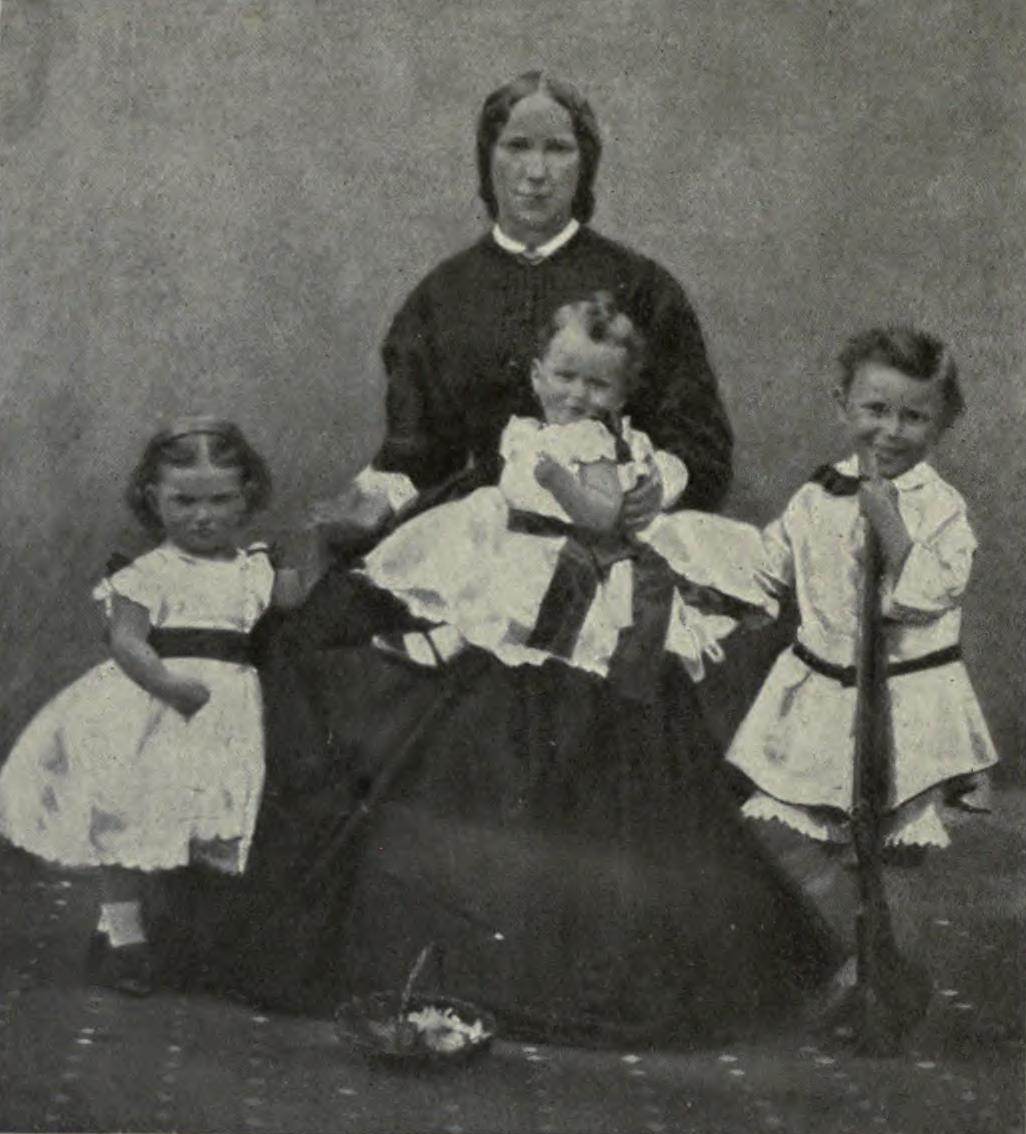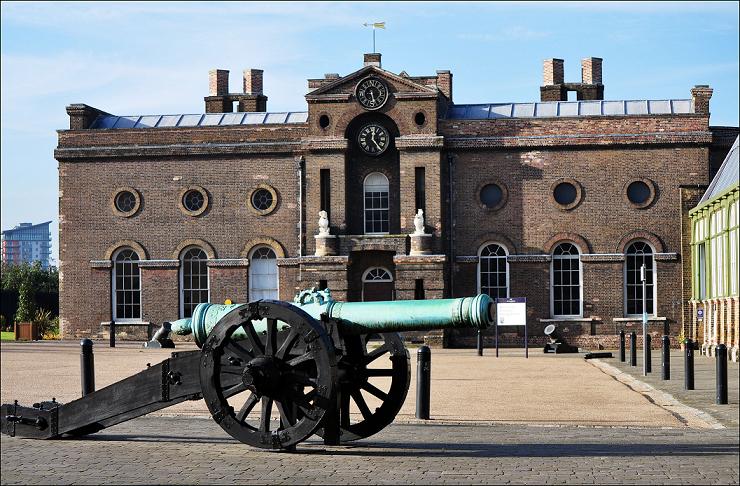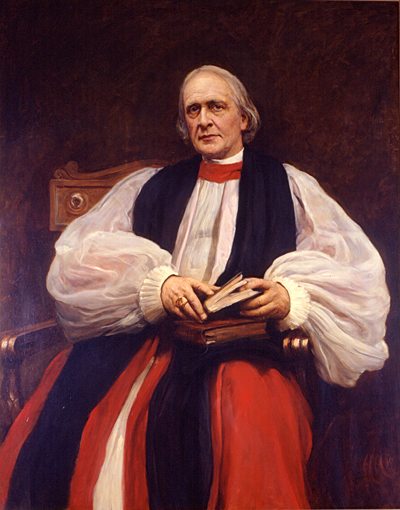|
Aylmer Hunter-Weston
Lieutenant General Sir Aylmer Gould Hunter-Weston (23 September 1864 – 18 March 1940) was a British Army officer who served in World War I at Gallipoli in 1915 and in the very early stages of the Somme Offensive in 1916. He was also a Scottish Unionist MP. Nicknamed "Hunter-Bunter", Hunter-Weston has been seen as a classic example of a "donkey" general; he was described by his superior, Field Marshal Sir Douglas Haig, as a "rank amateur", and has been referred to by one modern writer as "one of the Great War's spectacular incompetents". However, another historian writes that although his poor performance at the battles of Krithia earned his reputation "as one of the most brutal and incompetent commanders of the First World War" "in his later battles (at Gallipoli) he seemed to hit upon a formula for success ...(but) these small achievements were largely forgotten". Early life Hunter-Weston was born at Hunterston, West Kilbride, on 23 September 1864, the son of Lieutenan ... [...More Info...] [...Related Items...] OR: [Wikipedia] [Google] [Baidu] |
Lieutenant-general (United Kingdom)
Lieutenant general (Lt Gen), formerly more commonly lieutenant-general, is a senior rank in the British Army and the Royal Marines. It is the equivalent of a multinational three-star rank; some British lieutenant generals sometimes wear three-star insignia, in addition to their standard insignia, when on multinational operations. Lieutenant general is a superior rank to major general, but subordinate to a (full) general. The rank has a NATO rank code of OF-8, equivalent to a vice-admiral in the Royal Navy and an air marshal in the Royal Air Force (RAF) and the air forces of many Commonwealth countries. The rank insignia for both the Army and the Royal Marines is a crown over a crossed sabre and baton. Since the coronation of Queen Elizabeth II, the St Edward's Crown, commonly known as the Queen's Crown, has been depicted. Before 1953, the Tudor Crown, commonly known as the King's Crown, was used. British Army usage Ordinarily, lieutenant general is the rank held by th ... [...More Info...] [...Related Items...] OR: [Wikipedia] [Google] [Baidu] |
Douglas Haig, 1st Earl Haig
Field Marshal Douglas Haig, 1st Earl Haig, (; 19 June 1861 – 29 January 1928) was a senior officer of the British Army. During the First World War, he commanded the British Expeditionary Force (BEF) on the Western Front from late 1915 until the end of the war. He was commander during the Battle of the Somme, the Battle of Arras, the Third Battle of Ypres, the German Spring Offensive, and the Hundred Days Offensive.Sheffield 2002, p. 21.Sheffield 2002, p. 263.Hart 2008, p. 2. His military career included service in the War Office, where he was instrumental in the creation of the Territorial Force in 1908. In January 1917 he was raised up to the rank of Field Marshal, subsequently leading the BEF during the final Hundred Days Offensive, when it crossed the Canal du Nord and broke through the Hindenburg line, capturing 195,000 German prisoners. This campaign, in combination with the Kiel mutiny, the Wilhelmshaven mutiny, the proclamation of a republic on 9 November 1918 ... [...More Info...] [...Related Items...] OR: [Wikipedia] [Google] [Baidu] |
Staff College, Camberley
Staff College, Camberley, Surrey, was a staff college for the British Army and the presidency armies of British India (later merged to form the Indian Army). It had its origins in the Royal Military College, High Wycombe, founded in 1799, which in 1802 became the Senior Department of the new Royal Military College. In 1858 the name of the Senior Department was changed to "Staff College", and in 1870 this was separated from the Royal Military College. Apart from periods of closure during major wars, the Staff College continued to operate until 1997, when it was merged into the new Joint Services Command and Staff College. The equivalent in the Royal Navy was the Royal Naval Staff College, Greenwich, and the equivalent in the Royal Air Force was the RAF Staff College, Bracknell. Origins In 1799, Colonel John Le Marchant submitted a proposal to the Duke of York, the Commander-in-Chief of the Forces, for a Royal Military College. A private officer training school, based on the ... [...More Info...] [...Related Items...] OR: [Wikipedia] [Google] [Baidu] |
Dongola
Dongola ( ar, دنقلا, Dunqulā), also spelled ''Dunqulah'', is the capital of the state of Northern Sudan, on the banks of the Nile, and a former Latin Catholic bishopric (14th century). It should not be confused with Old Dongola, an ancient city located 80 km upstream on the opposite bank. Etymology The word Dongola comes from the Nubian word "Doñqal" which means red brick, as most buildings were made of bricks, thus provoking one of ancient Nubia's biggest industries. A more modern use of the word is to describe a strong and hard bulwark, that being so Dongola is often called "the Resident of a large Nile castle". History Dongola was a province of Upper Nubia on both sides of the Nile, and the city was a centre for Nubian civilization, as manifested by its many archaeological remains from the Makurian and Islamic periods. Dongolawis originate from early indigenous Nubian Sub Saharan African inhabitants with many taking pride in their mostly non-mixed ances ... [...More Info...] [...Related Items...] OR: [Wikipedia] [Google] [Baidu] |
Herbert Kitchener
Horatio Herbert Kitchener, 1st Earl Kitchener, (; 24 June 1850 – 5 June 1916) was a senior British Army officer and colonial administrator. Kitchener came to prominence for his imperial campaigns, his scorched earth policy against the Boers, his expansion of Lord Roberts' concentration camps during the Second Boer War and his central role in the early part of the First World War. Kitchener was credited in 1898 for having won the Battle of Omdurman and securing control of the Sudan for which he was made Baron Kitchener of Khartoum. As Chief of Staff (1900–1902) in the Second Boer War he played a key role in Roberts' conquest of the Boer Republics, then succeeded Roberts as commander-in-chief – by which time Boer forces had taken to guerrilla fighting and British forces imprisoned Boer civilians in concentration camps. His term as Commander-in-Chief (1902–1909) of the Army in India saw him quarrel with another eminent proconsul, the Viceroy Lord Curzon, who even ... [...More Info...] [...Related Items...] OR: [Wikipedia] [Google] [Baidu] |
Major
Major ( commandant in certain jurisdictions) is a military rank of commissioned officer status, with corresponding ranks existing in many military forces throughout the world. When used unhyphenated and in conjunction with no other indicators, major is one rank above captain, and one rank below lieutenant colonel. It is considered the most junior of the field officer ranks. Background Majors are typically assigned as specialised executive or operations officers for battalion-sized units of 300 to 1,200 soldiers while in some nations, like Germany, majors are often in command of a company. When used in hyphenated or combined fashion, the term can also imply seniority at other levels of rank, including ''general-major'' or ''major general'', denoting a low-level general officer, and '' sergeant major'', denoting the most senior non-commissioned officer (NCO) of a military unit. The term ''major'' can also be used with a hyphen to denote the leader of a military band su ... [...More Info...] [...Related Items...] OR: [Wikipedia] [Google] [Baidu] |
Brevet (military)
In many of the world's military establishments, a brevet ( or ) was a warrant giving a commissioned officer a higher rank title as a reward for gallantry or meritorious conduct but may not confer the authority, precedence, or pay of real rank. An officer so promoted was referred to as being brevetted (for example, "he was brevetted major general"). The promotion would be noted in the officer's title (for example, "Bvt. Maj. Gen. Joshua L. Chamberlain" or "Bvt. Col. Arthur MacArthur"). It is not to be confused with a '' Brevet d'état-major'' in Francophone European military circles, where it is an award, nor should it be confused with temporary commissions. France In France, ''brevet'' is a word with a very broad meaning, which includes every document giving a capacity to a person. For instance, the various military speciality courses, such as military parachutism, are ended by the award of a brevet. The more important brevet in the French military is the one of the Éco ... [...More Info...] [...Related Items...] OR: [Wikipedia] [Google] [Baidu] |
North-West Frontier (military History)
The North-West Frontier (present-day Khyber Pakhtunkhwa) was a region of the British Indian Empire. It remains the western frontier of present-day Pakistan, extending from the Pamir Knot in the north to the Koh-i-Malik Siah in the west, and separating the modern Pakistani frontier regions of North-West Frontier Province (renamed as Khyber Pakhtunkhwa), Federally Administered Tribal Areas and Balochistan from neighbouring Afghanistan in the west. The borderline between is officially known as the Durand Line and divides Pashtun inhabitants of these provinces from Pashtuns in eastern Afghanistan. The two main gateways on the North West Frontier are the Khyber and Bolan Passes. Since ancient times, the Indian subcontinent has been repeatedly invaded through these northwestern routes. With the expansion of the Russian Empire into Central Asia in the twentieth century, stability of the Frontier and control of Afghanistan became cornerstones of defensive strategy for British India. ... [...More Info...] [...Related Items...] OR: [Wikipedia] [Google] [Baidu] |
Royal Military Academy, Woolwich
The Royal Military Academy (RMA) at Woolwich, in south-east London, was a British Army military academy for the training of commissioned officers of the Royal Artillery and Royal Engineers. It later also trained officers of the Royal Corps of Signals and other technical corps. RMA Woolwich was commonly known as "The Shop" because its first building was a converted workshop of the Woolwich Arsenal. History Origins in the Royal Arsenal An attempt had been made by the Board of Ordnance in 1720 to set up an academy within its Arsenal (then known as the Warren) to provide training and education for prospective officers of its new Regiment of Artillery and Corps of Engineers (both of which had been established there in 1716). A new building was being constructed in readiness for the Academy and funds had been secured, seemingly, through investment in the South Sea Company; but the latter's collapse led to plans for the Academy being placed on hold. After this false start, the aca ... [...More Info...] [...Related Items...] OR: [Wikipedia] [Google] [Baidu] |
Wellington College, Berkshire
Wellington College is a public school (English independent day and boarding school) in the village of Crowthorne, Berkshire, England. Wellington is a registered charity and currently educates roughly 1,200 pupils, between the ages of 13 and 18, per annum. The college was built as a national monument to the first Duke of Wellington (1769–1852), in whose honour it is named. Queen Victoria laid the foundation stone in 1856 and inaugurated the School's public opening on 29 January 1859. Many former Wellington pupils fought in the trenches during the First World War, a conflict in which 707 of them lost their lives, many volunteering for military service immediately after leaving school. A further 501 former pupils were killed in action in the Second World War. The school is a member of the Rugby Group of 18 British public schools and is also a member of the G20 Schools group. History Wellington College was granted a royal charter in 1853 as "''The Royal and Religious Fo ... [...More Info...] [...Related Items...] OR: [Wikipedia] [Google] [Baidu] |
Laird
Laird () is the owner of a large, long-established Scottish estate. In the traditional Scottish order of precedence, a laird ranked below a baron and above a gentleman. This rank was held only by those lairds holding official recognition in a territorial designation by the Lord Lyon King of Arms. They are usually styled 'name'' 'surname''of 'lairdship'' However, since "laird" is a courtesy title, it has no formal status in law. Historically, the term bonnet laird was applied to rural, petty landowners, as they wore a bonnet like the non-landowning classes. Bonnet lairds filled a position in society below lairds and above husbandmen (farmers), similar to the yeomen of England. An Internet fad is the selling of tiny souvenir plots of Scottish land and a claim of a "laird" title to go along with it, but the Lord Lyon has decreed these meaningless for several reasons. Etymology ''Laird'' (earlier ''lard'') is the now-standard Scots pronunciation (and spelling, which is p ... [...More Info...] [...Related Items...] OR: [Wikipedia] [Google] [Baidu] |
Lieutenant-Colonel (United Kingdom)
Lieutenant colonel (Lt Col), is a rank in the British Army and Royal Marines which is also used in many Commonwealth countries. The rank is superior to major, and subordinate to colonel. The comparable Royal Navy rank is commander, and the comparable rank in the Royal Air Force and many Commonwealth air forces is wing commander. The rank insignia in the British Army and Royal Marines, as well as many Commonwealth countries, is a crown above a four-pointed "Bath" star, also colloquially referred to as a "pip". The crown has varied in the past with different monarchs; the current one being the Crown of St Edward. Most other Commonwealth countries use the same insignia, or with the state emblem replacing the crown. In the modern British Armed forces, the established commander of a regiment or battalion is a lieutenant colonel. From 1 April 1918 to 31 July 1919, the Royal Air Force The Royal Air Force (RAF) is the United Kingdom's air and space force. It was formed t ... [...More Info...] [...Related Items...] OR: [Wikipedia] [Google] [Baidu] |

.jpg)



